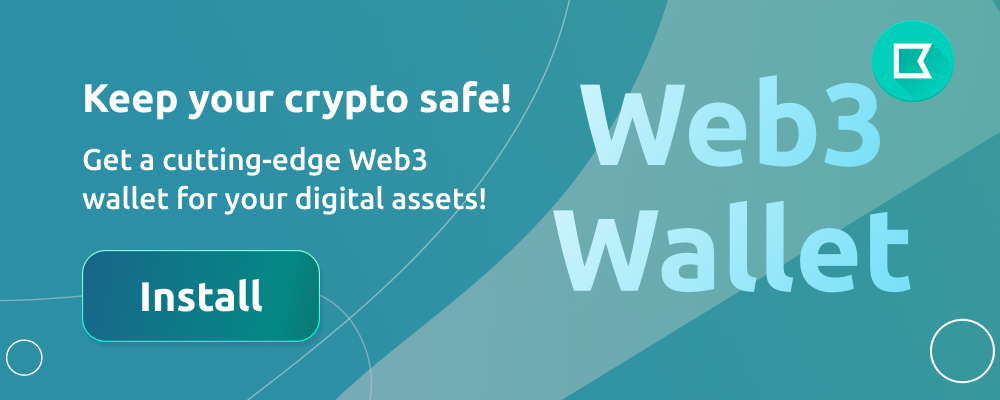

Graph (GRT) Review 2023 - Is It Safe?
Graph (GRT) is an open-source blockchain protocol that aims to provide a decentralized indexing and querying system for blockchain data. The protocol is designed to be flexible, efficient, and scalable, and it can be used to index and query data from a wide range of blockchain networks. In this review, we will explore Graph's features and functionalities in five subheadings: Technology, User Experience, Security, Adoption, and Future Outlook.
Technology
Graph is built on top of a decentralized network of nodes, known as indexers, that are responsible for indexing and querying blockchain data. The protocol uses a query language called GraphQL, which allows users to efficiently retrieve data from the blockchain.
The protocol is designed to be flexible and scalable, and it can be used to index and query data from a wide range of blockchain networks. Additionally, Graph's modular design allows developers to easily build and deploy custom subgraphs, which are specialized indexes for specific blockchain data.
Overall, Graph's technology is innovative, flexible, and scalable, making it a promising protocol for indexing and querying blockchain data.
User Experience
Graph provides users with a user-friendly and intuitive experience. The protocol is designed to be accessible to both developers and non-developers, and it provides users with a range of tools and resources to help them use the protocol effectively.
Graph's user interface is well-designed and easy to navigate, providing users with clear menus and buttons that allow them to easily access the different features and functionalities.
Overall, Graph's user experience is user-friendly and accessible, making it a great option for both developers and non-developers.
Security
Graph employs advanced security protocols to ensure that users' data and personal information are protected. The protocol uses a decentralized network of nodes, which makes it resistant to attacks and censorship.
Additionally, Graph's modular design allows developers to easily build and deploy custom subgraphs, which reduces the risk of data breaches and other security issues.
Overall, Graph's emphasis on security ensures that users' data and personal information are kept safe and secure.
Adoption
Graph has gained significant adoption since its launch, and it is now being used by a wide range of blockchain networks and applications. The protocol has been integrated into popular blockchain networks such as Ethereum, IPFS, and POA Network, and it is being used by a growing number of applications and dApps.
Additionally, Graph's open-source nature and modular design make it easy for developers to build and deploy custom subgraphs, which is driving adoption and innovation within the ecosystem.
Overall, Graph's adoption is impressive, and it is a promising protocol for indexing and querying blockchain data.
Future Outlook
Graph's future outlook is promising, with the protocol's flexible and scalable design making it well-suited for a wide range of use cases. The protocol's modular design and open-source nature are driving innovation within the ecosystem, and it is likely that we will see continued adoption and growth in the coming years.
Additionally, Graph's team is actively working to improve the protocol's scalability and performance, which will further drive adoption and growth.
Overall, Graph's future outlook is bright, and it is likely that we will see continued innovation and growth within the ecosystem in the years to come.
Graph is a promising blockchain protocol that provides a decentralized indexing and querying system for blockchain data. The protocol's innovative and scalable design make it well-suited for a wide range of use cases, and its modular design and open-source nature are driving innovation and adoption within the ecosystem.
Additionally, Graph's user-friendly interface and emphasis on security ensure that users' data and personal information are kept safe and secure. Overall, Graph is a promising protocol that has the potential to become a leading provider of decentralized indexing and querying services for blockchain data.

No hay reseñas aún. ¡Se el primero!



